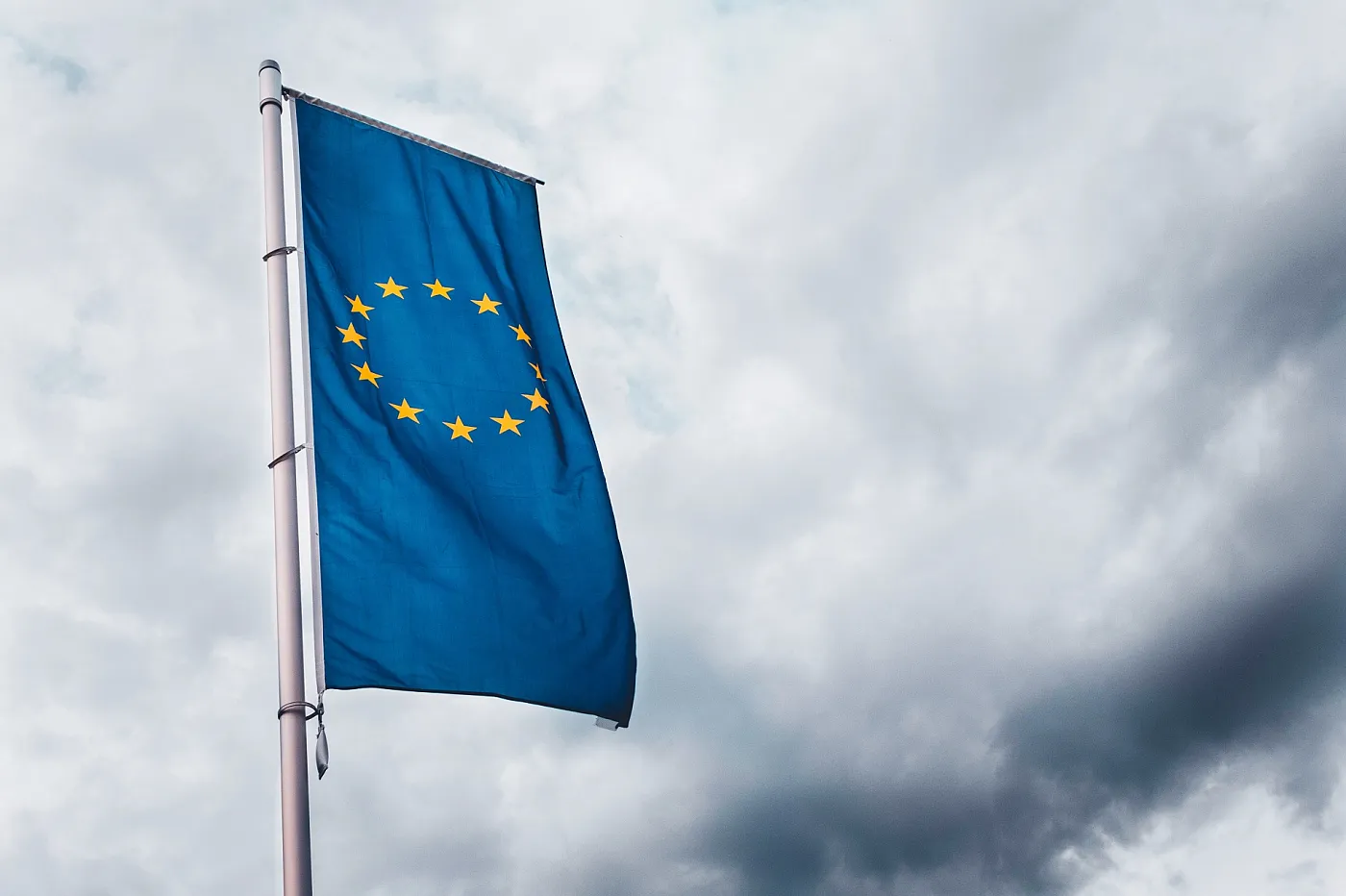16.10.2015
TeliaSonera and Telenor abandon Danish merger: what can this case signal for further in-country consolidation in the telecom sector?
On 11 September 2015, TeliaSonera and Telenor announced they were abandoning their plans to merge their fixed and mobile business units in Denmark. The merger, involving the establishment of a full-function joint venture encompassing the activities of TeliaSonera AB and Telenor ASA in Denmark, had been notified to the European Commission on 27 February 20151, and was undergoing a Phase II in-depth investigation during which the parties had already submitted proposals for remedies.
Although details of the Commission’s assessment of the transaction are not known, several aspects from this case raise questions as to how similar mergers between players in the European telecom sector will be decided in future.
According to a statement by Commissioner Vestager2, the main issue underlying the Commission’s concerns about a possible negative impact on competition was the fact that, in the mobile telecommunications market, the merger would reduce the number of mobile network operators from four to three. Apparently, the remedies offered by the merging parties were insufficient to allay the competition concerns surrounding the transaction: “Every case has to be assessed on its own facts and merits. In this specific case, based on the Commission’s in-depth analysis and evidence gathered, we are convinced that the significant competition concerns required an equally significant remedy. This means the creation of a fourth mobile network operator. What the parties offered was not sufficient to avoid harm to competition in Danish mobile markets”.
This structural concern had already been spelled out in April, when the Commission decided to open an in-depth investigation of this merger. According to its press release at the time3, the Commission feared that, in the Danish mobile markets, the merged entity might not face a sufficient competitive constraint from the two remaining mobile network operators (MNOs): “The proposed transaction would combine the number two and number three operators in the mobile retail market and would reduce the number of Mobile Network Operators in Denmark from four to three. It would create the largest player both in terms of revenue and number of subscribers, followed by similar-sized TDC and smaller player Hi3G”.
As a result, the Commission voiced concerns that the merger would reduce the incentives for the remaining MNOs to compete, leading to higher prices, loss of innovative offers and lower quality. In particular, the Commission pointed out that the merger would result in a highly concentrated market structure with two large and symmetric operators at the retail and wholesale levels, which could lead to coordination between the remaining mobile operators.
It is reported that the merging parties had offered to sell two blocks of 2100MHz spectrum and to rent up to 15% of their combined network capacity to a new player. At a later stage, the remedies package was apparently reinforced with an offer to sell up to 40% of their joint network infrastructure unit TT-Netvaerket to a new rival, who would also be given access to the joint venture’s network technologies and be allowed to sell network capacity on a wholesale basis.
The Commission’s stance in this case, focusing on the importance of a market structure including at least four MNOs, seems to contradict its previous decisions in several 4-3 mobile mergers.
In 2014, the Commission cleared two high-profile mergers that also involved reducing the number of MNOs from 4-3 in their respective Member-States.
In the H3G/Telefonica Ireland case4, the Commission issued a conditional clearance decision based on several commitments offered by the merging parties, including an upfront mobile virtual network operator (MVNO) with an innovative capacity-based model, involving a commitment from the new entrant to purchase a minimum of network capacity (up to 30%) from the merged entity. In the Telefonica Deutschland/E-Plus case5, the Commission also conditionally cleared the transaction, subject to several commitments including a capacity-based MVNO remedy similar to the Irish case.
But there are less recent examples of similar clearance decisions in 4-3 mobile merger cases: the T-Mobile/Orange Netherlands merger was unconditionally cleared in 20076 and the H3G Austria / Orange Austria merger received conditional clearance in late 20127, subject to a remedies package including the divestment of spectrum to a new MNO and the provision of wholesale network access to several MVNOs.
Although its exact assessment of the transaction (based on the specific facts of the Danish mobile market) is not known, the Commission’s apparent insistence on a mobile market structure with at least four network operators, in the face of spectrum divestment and wholesale access remedies, goes against the general trend of its previous decisions regarding mobile mergers in much larger markets than Denmark.
This may signal difficulties for other 4-3 mobile mergers subject to the Commission’s approval. In the UK, Hutchison Whampoa is in the process of buying the mobile operator O2 from Telefónica8 and, in Italy, Hutchison has recently agreed to a joint venture between its 3 Italia operations and Wind Telecommunicazioni, held by Vimpelcom.
It will be interesting to see how, if at all, this more structural (or static) approach by the Commission will affect merger control policy in other cases involving mobile network operators. Furthermore, to the extent that this Danish case leads to a greater regulatory hurdle for in-country consolidation between mobile operators, it remains to be seen what impact this may have on the volume of cross-border transactions in the telecom sector.

_______________________
1 Case M.7419 TeliaSonera/Telenor/JV.
2 Statement/15/5627, dated 11 September 2015 - http://europa.eu/rapid/press-release_STATEMENT-15-5627_en.htm.
3 IP/15/4749 – http://europa.eu/rapid/press-release_IP-15-4749_en.htm.
4 Case M.6992 Hutchison 3G UK/Telefonica Ireland, cleared subject to conditions and obligations on 28.05.2014.
5 Case M.7018 - Telefonica Deutschland/E-Plus, cleared subject to conditions and obligations on 02.07.2014.
6 Case M.4748 T-Mobile/Orange Netherlands, cleared unconditionally (phase I) on 20.08.2007.
7 Case M.6497 Hutchison 3G Austria/Orange Austria, cleared subject to conditions and obligations on 12.12.2012.
8 Case M.7612 Hutchison 3G UK / Telefonica UK (notified to the Commission on 11.09.2015).


